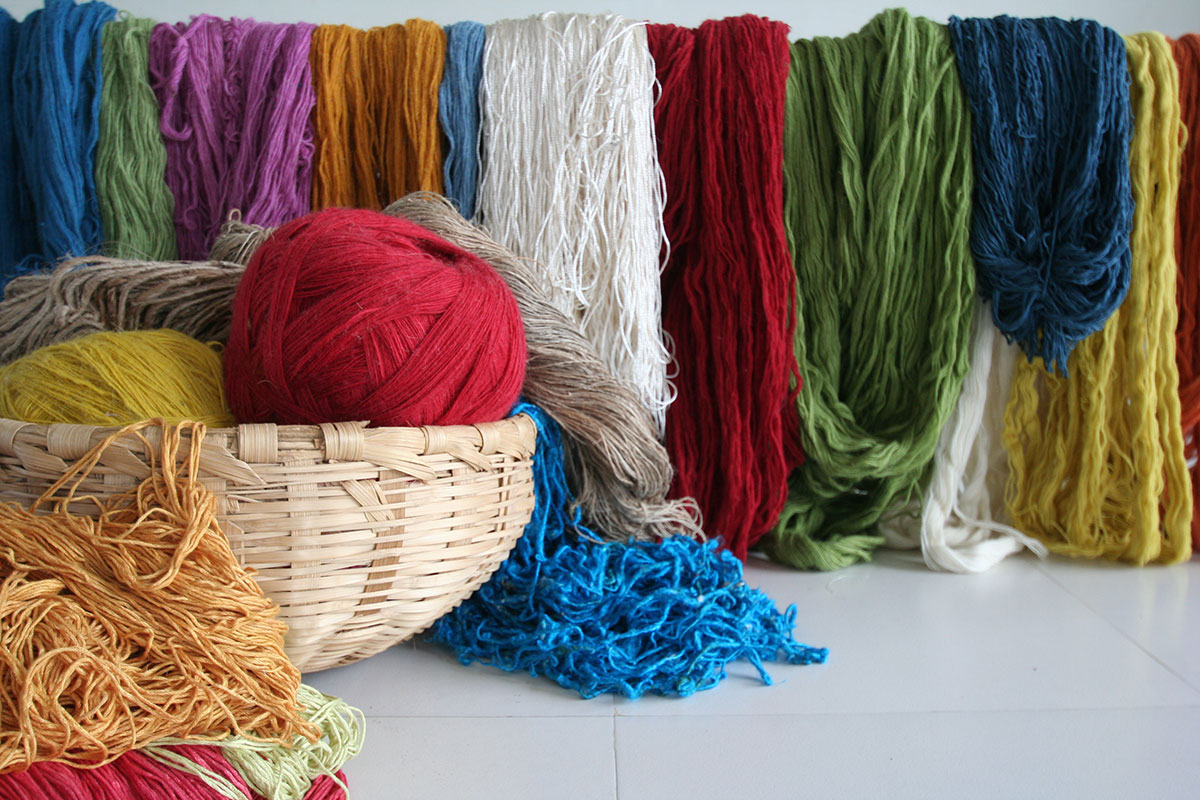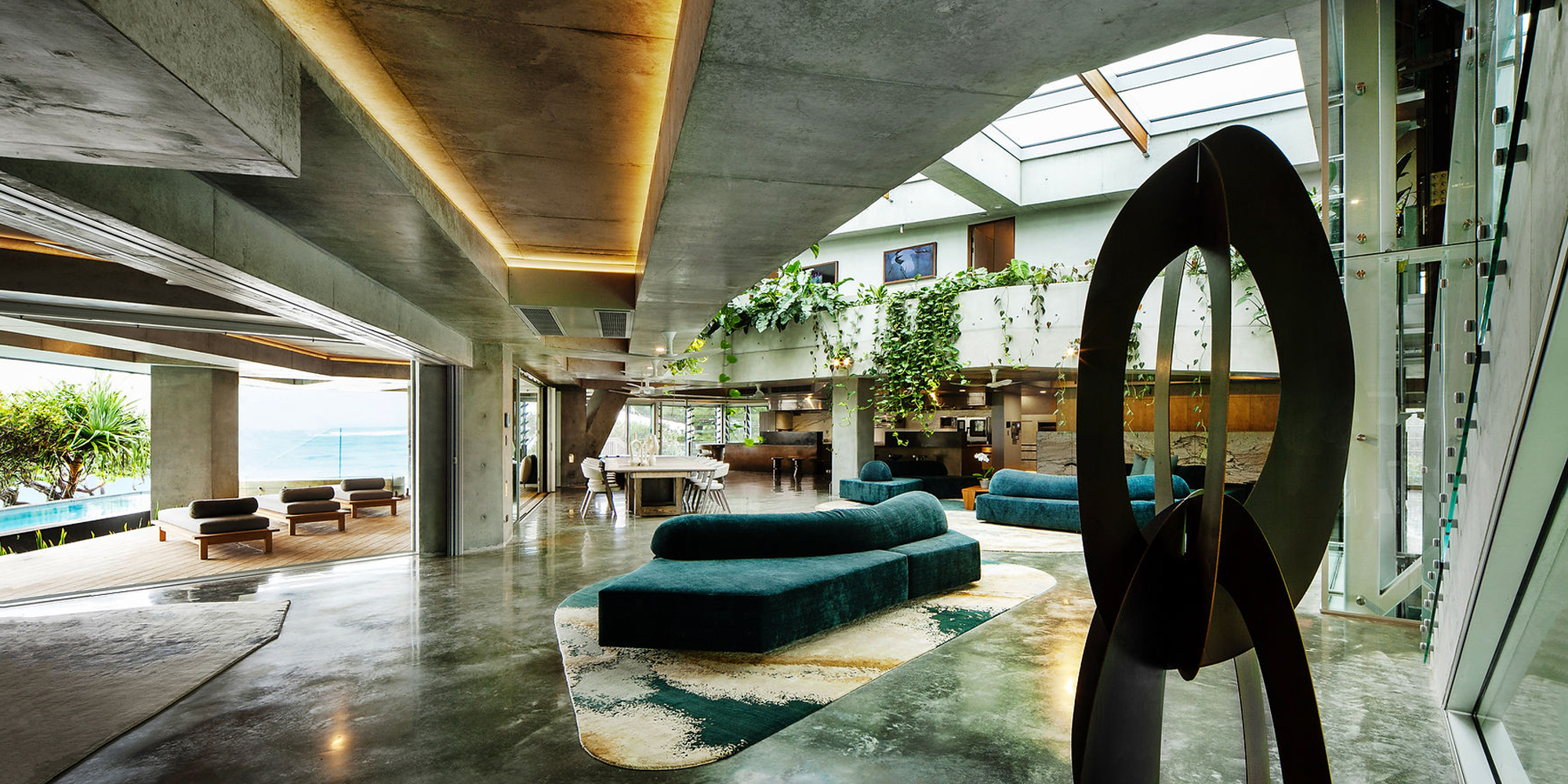
There are many reasons why wool is the best fibre option. They're resilient, are more resistant to stains, retain vibrancy when dyed and are sustainable.
Sheep produce wool to protect themselves from a variety of climates and natural elements, meaning these capabilities remain intact when we use them. It takes more than 10,000 bends to break a wool fibre compared to 2,400 times for silk. Wool recovers quickly from crushing and indenting made by furniture and footsteps and as such, works well in high traffic areas.
Rugs made from wool have a 30% higher rate of stain resistance than the best synthetic fibres. This is because of the natural lanolin that lightly coats the surface of the wool, helping to stop dirt and stains penetrating.

Wool rugs are more water resistant and can be said to have a natural moisture repellency. Spills are easier to clean too. So when you spill liquid on wool, it suspends for a little before soaking into the fibres. This means if you blot it up quickly, it should be fine as long as it's not coloured like wine, fruit juice or cordial!
Another advantage is its vibrancy. Wool accepts and holds colour well, making it vibrant when dyed. It makes colour excel in both depth and clarity. In addition, if they aren't exposed to direct sunlight, wool rugs should experience little fading.
Produced by sheep on pastures fuelled by sunlight, wool is a sustainable rug option. It takes about 1/8 of the energy to produce wool than the energy to produce nylon.

Although wool rugs cost slightly more than synthetic rugs, they can be a better choice in the long run with its additional years of wear. Area rugs made from wool remain warm while recovering from pressure points more quickly. Our designer rugs and carpets are durable and can last for years without showing signs of wear.


